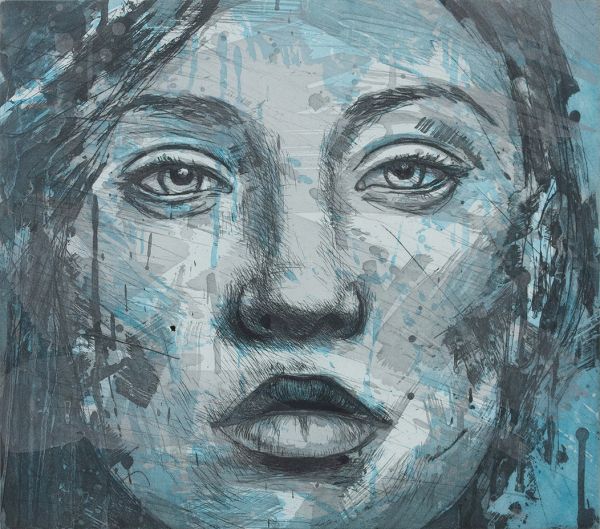Untitled 16
Store Review (0)PRESENTED BY : Warren Editions
| Frame | None |
|---|---|
| Medium | 3 Plates | Softground etching, spitbite-, liftground-, & soapground aquatint on Zerkall Intaglio 250gsm |
| Height | 76.00 cm |
| Width | 66.00 cm |
| Artist | Lionel Smit |
| Year | 2014 |
Lionel Smit is a South African artist renowned for his larger-than-life portraiture works. Primarily a painter and sculptor, Smit also makes original fine art prints and creates public installations in a variety of mediums.
Smit’s work has been exhibited widely all over the world, in prestigious gallery exhibitions and art fairs. His process remains adaptive, inventive, and physically engaging.
For his print Smit predominantly used aquatint, which is a way of making tones. Despite the “aqua” in its title, the aquatint process does not involve water. It was invented in the mid-eighteenth century to simulate the effects of ink and wash drawings. With aquatint, one can capture a complete tonal range from a hint of a tone to mid-tones to shadows and extreme darks. Aquatints can be airy like those in the etchings of Paula Rego to velvety like those in the etchings of Pablo Picasso. Francisca Goya benefitted from Aquatint’s ability to achieve darkness in tone and content.
To make an aquatint, a dense collection of tiny grains of gum rosin is melted onto a metal plate, which then functions as a porous ground; each grain or clump of grains becomes an island that protects the plate, which the acid will bite around.
The most common means of applying the grains is with an aquatint box, made for creating and containing a rosin dust storm. A dust storm is created in the box, and the plate is slipped into the box to collect the grains as they fall. The plate is taken out and heated to melt the grains to adhere to the plate once cooled.











